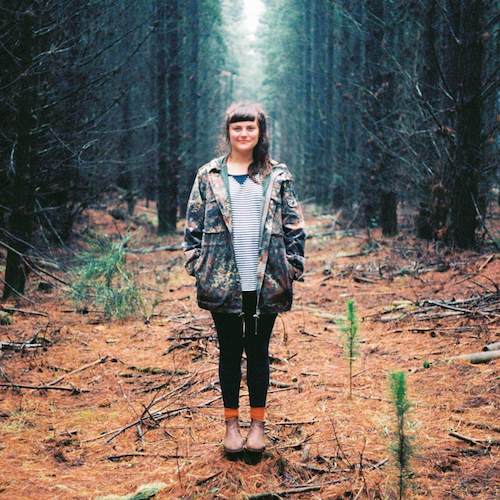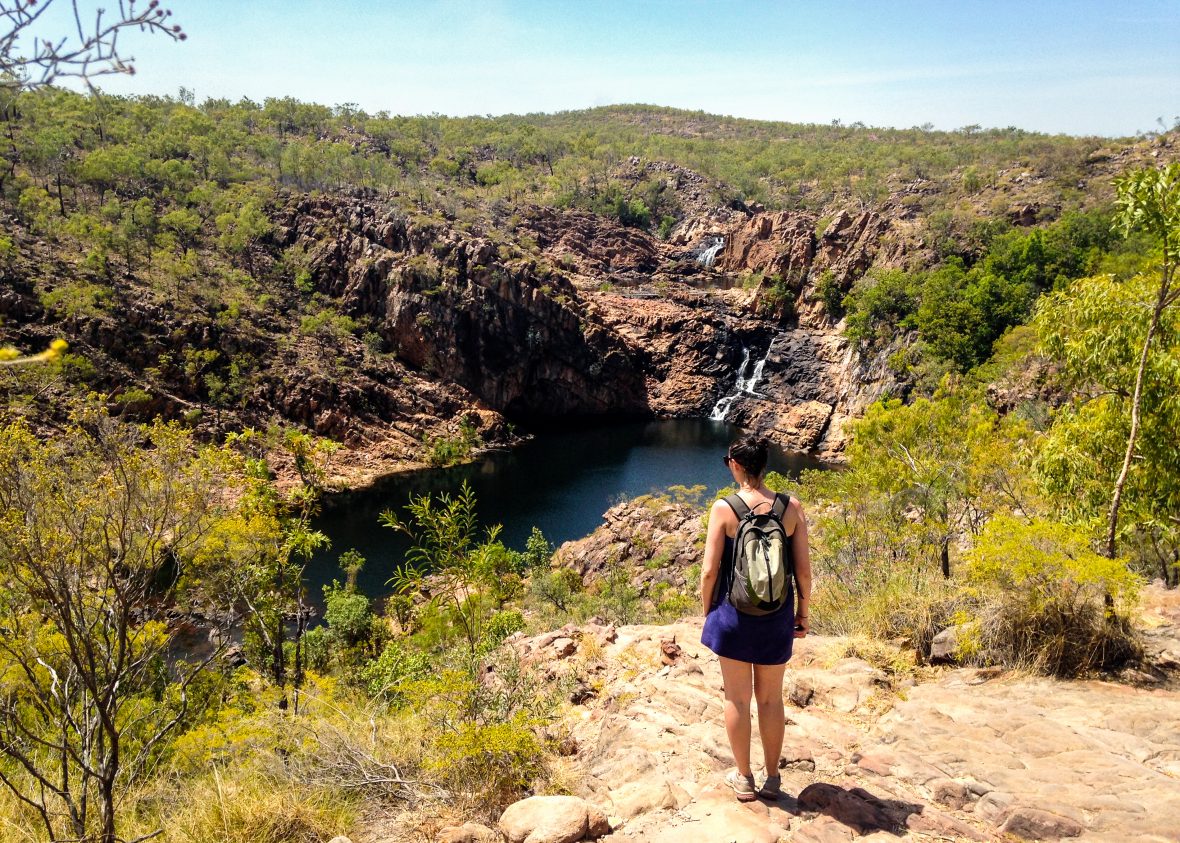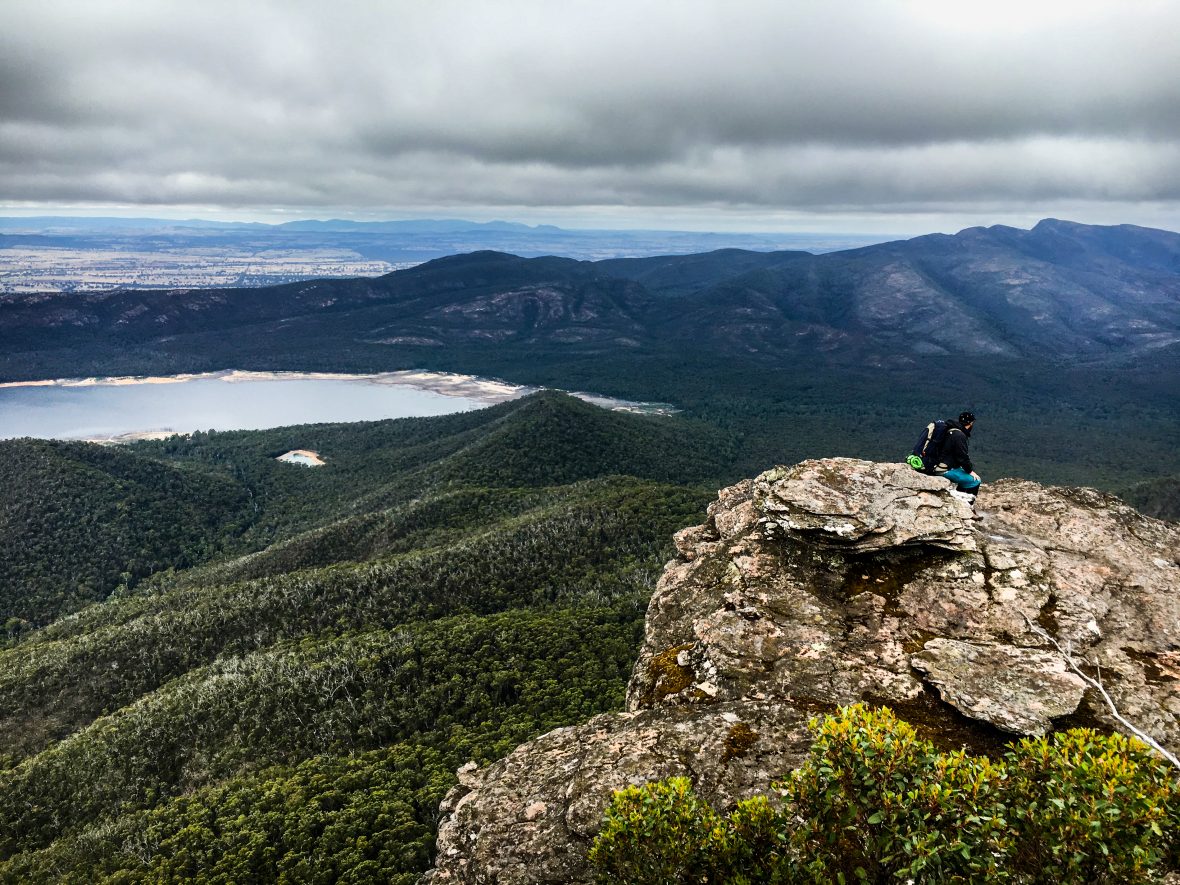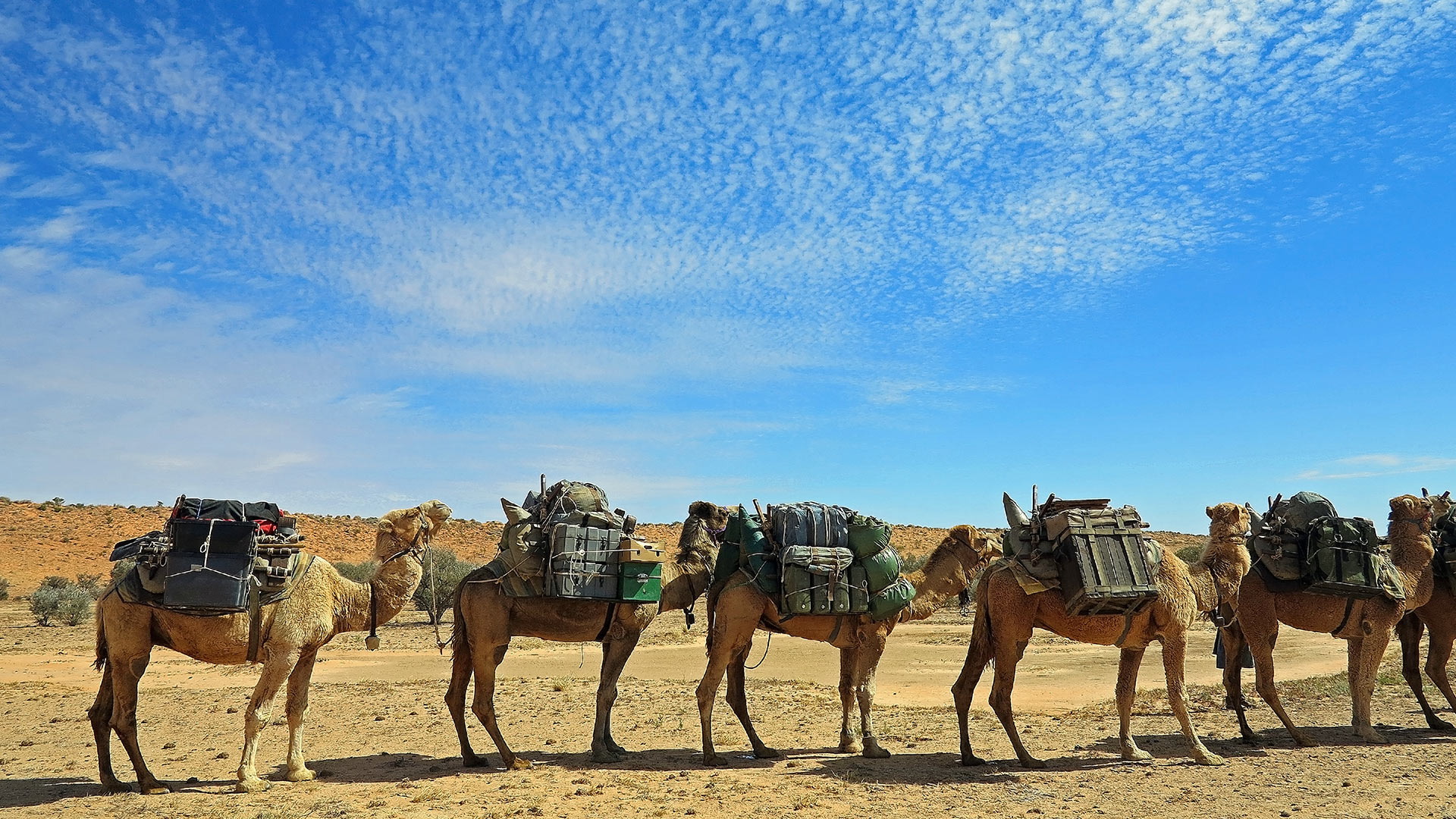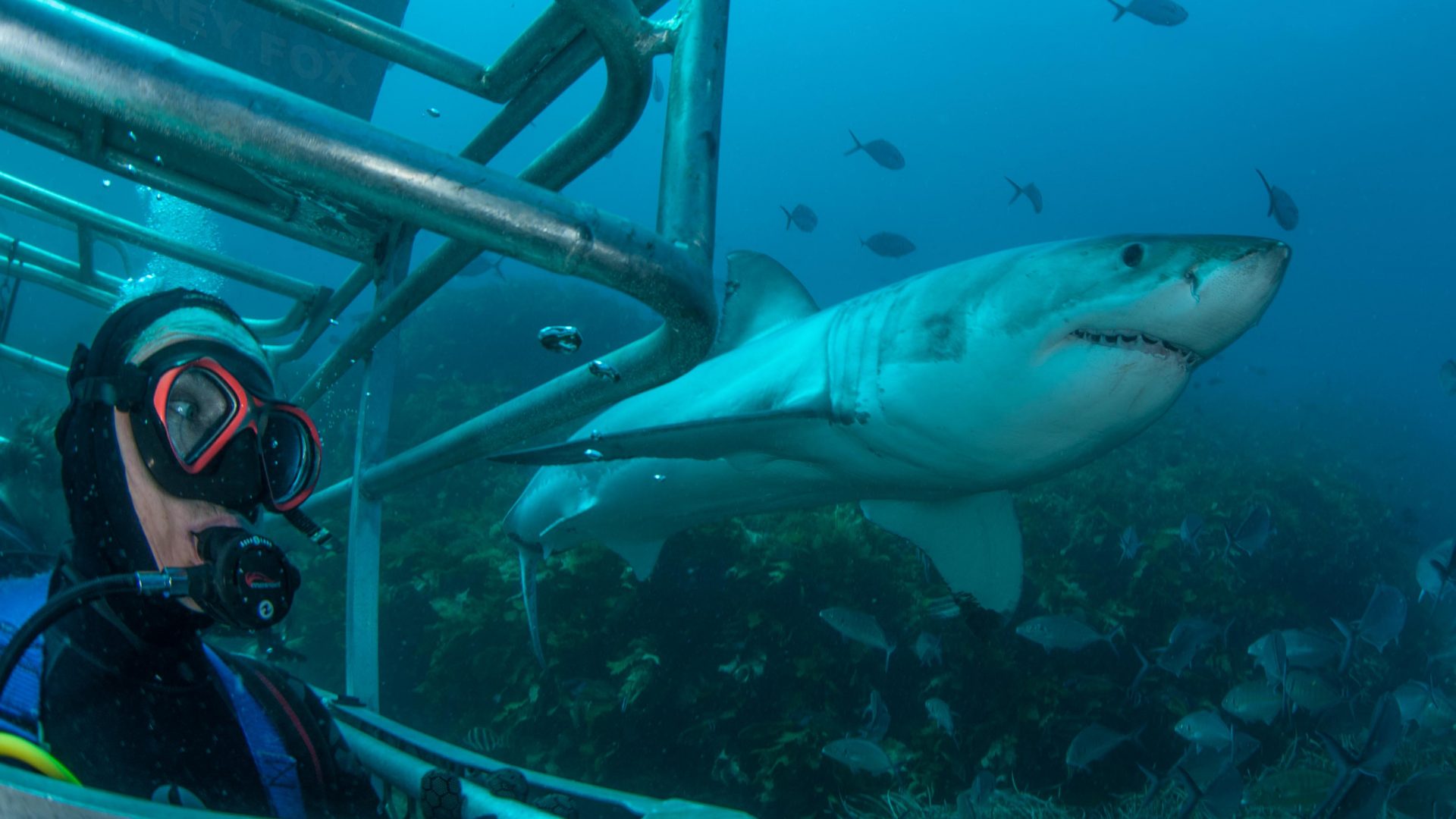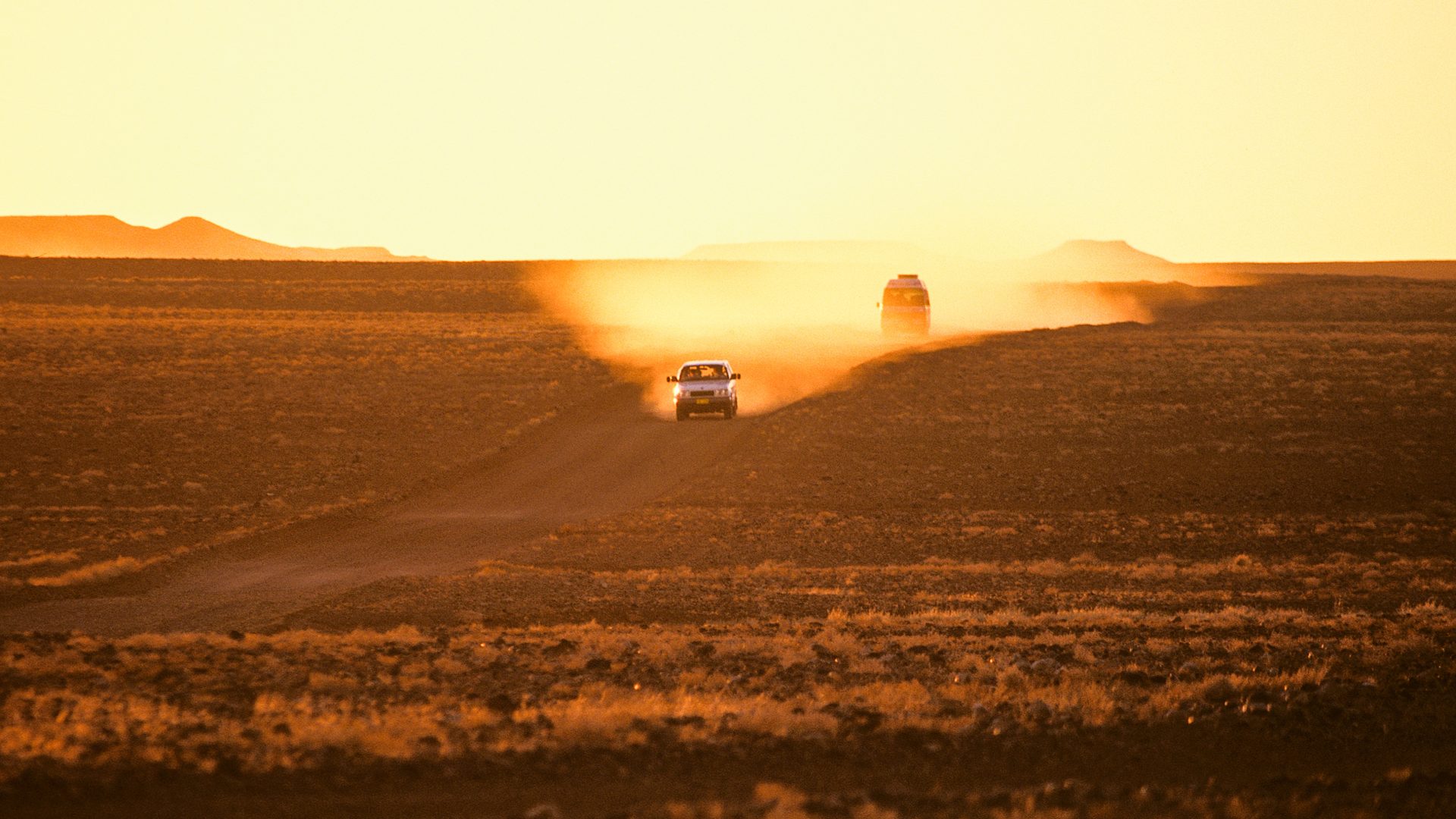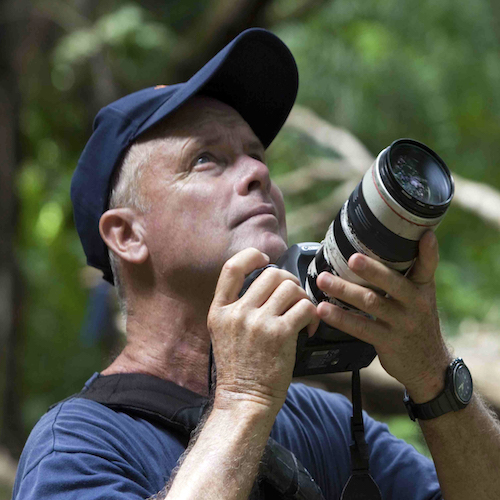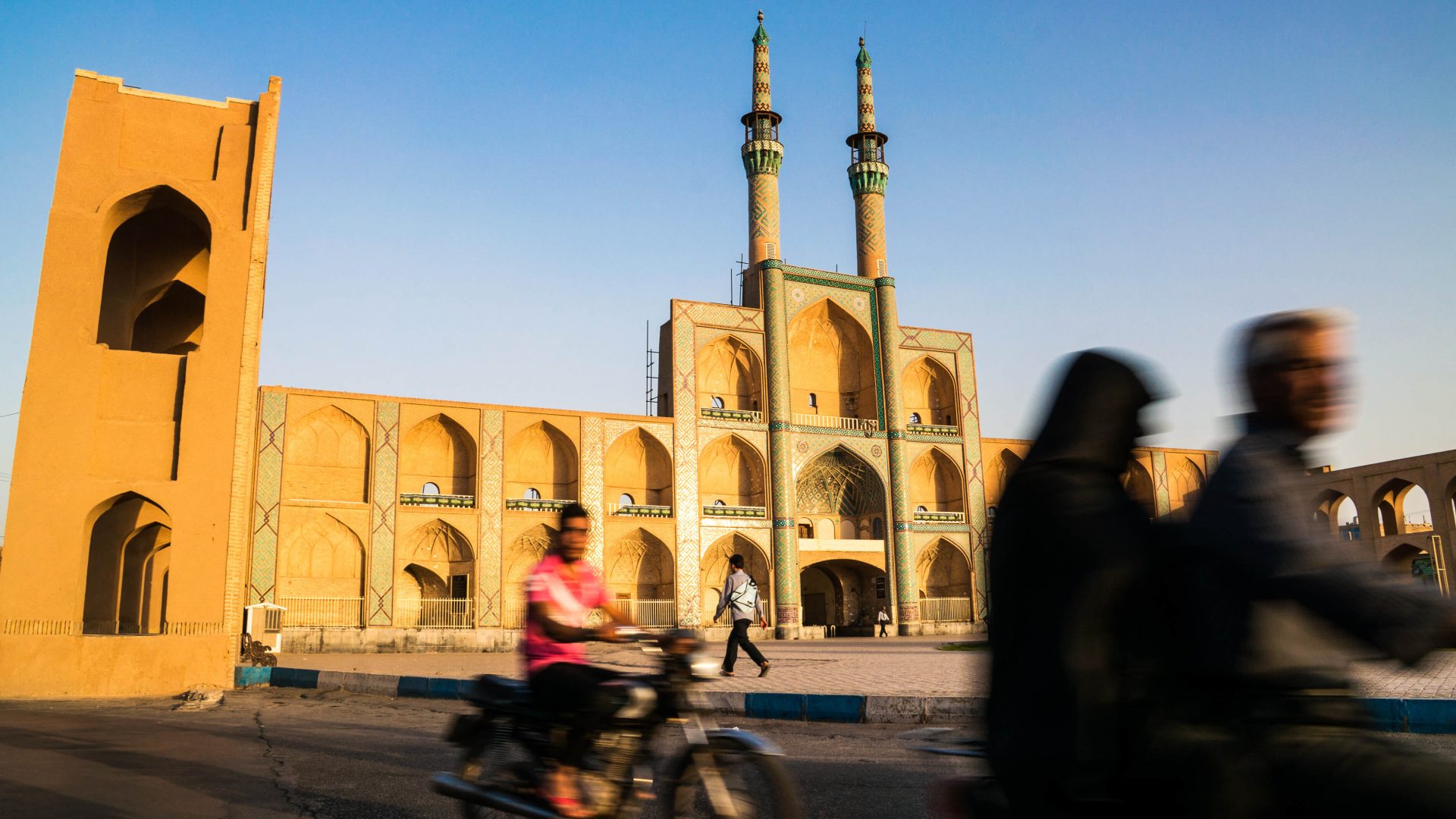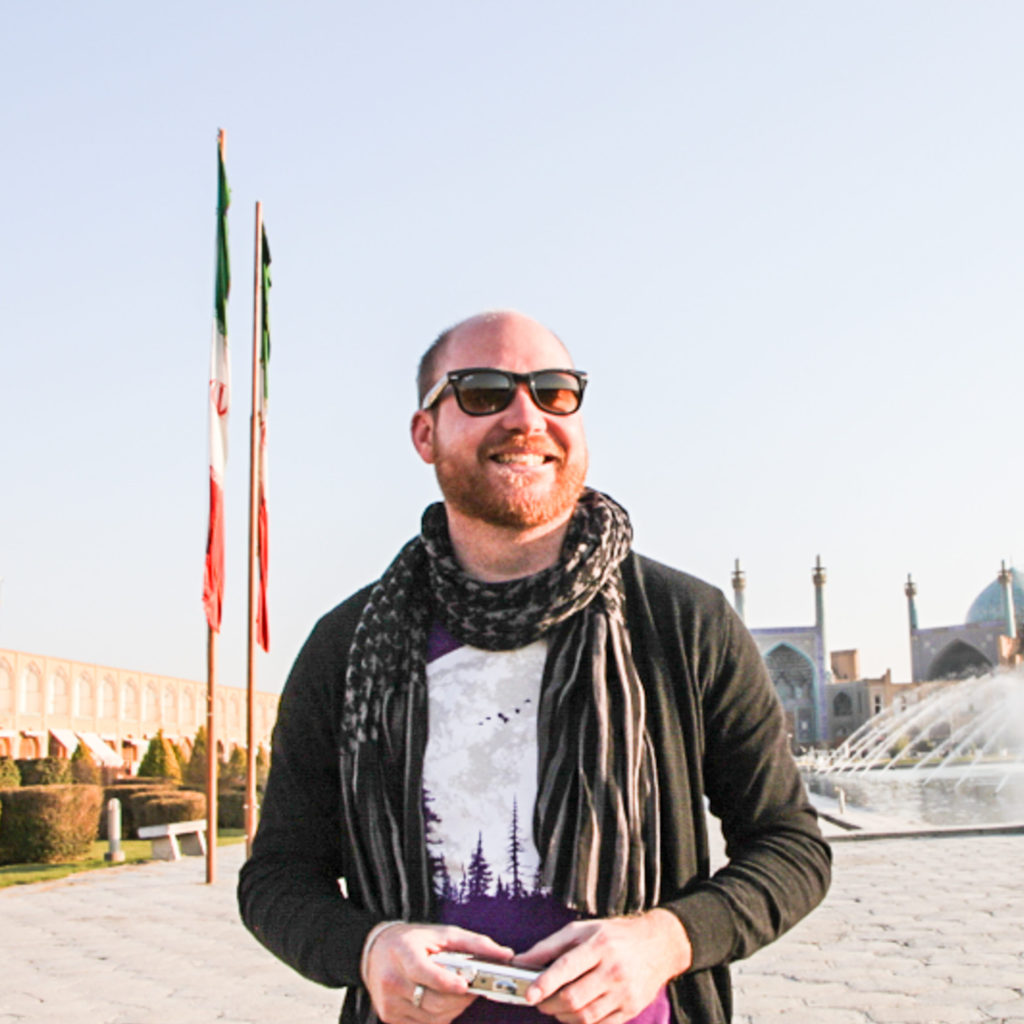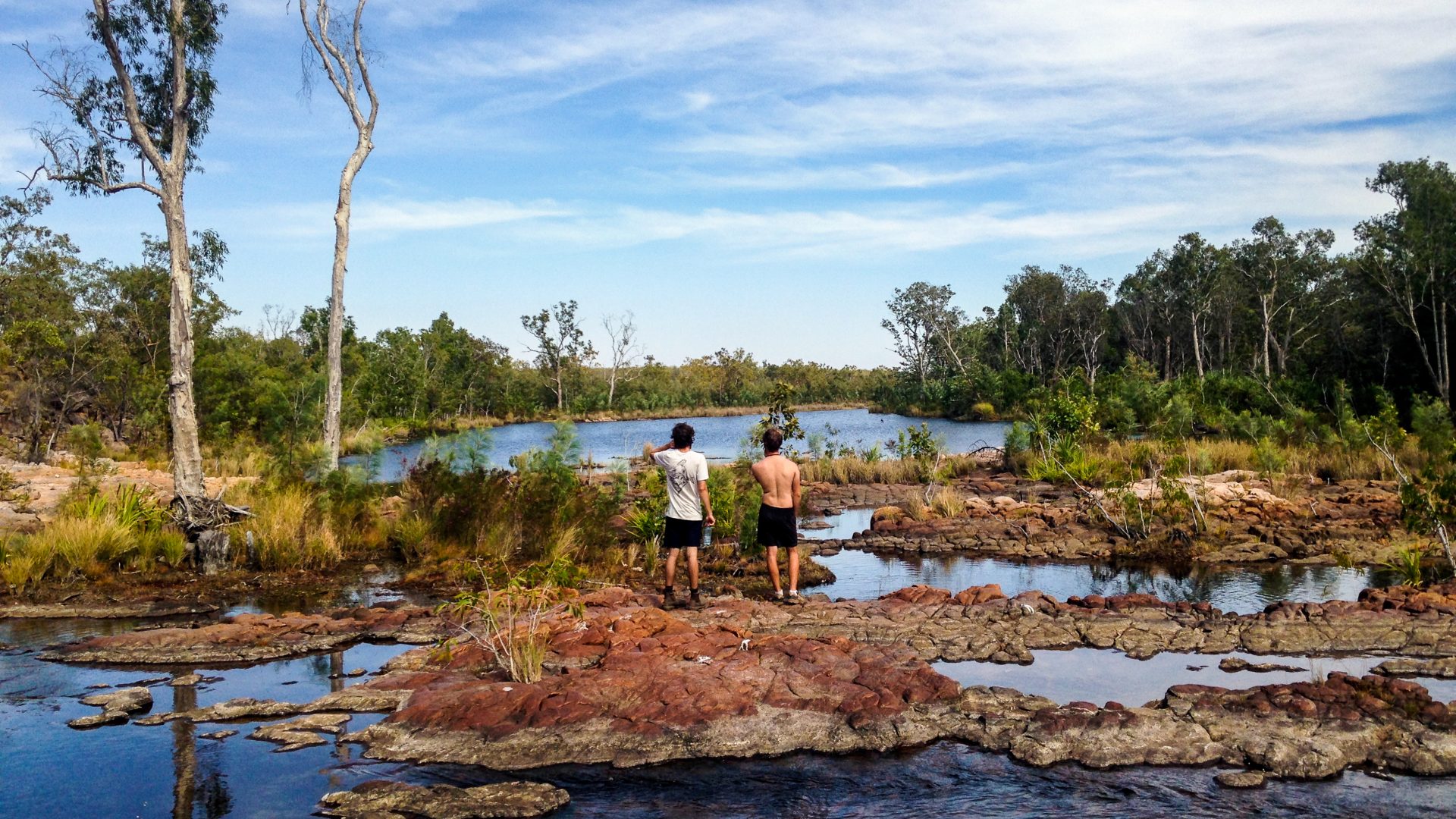
From its wild landscapes to the creatures that inhabit them, Australia is full of things that can hurt you. But, argues Taryn Stenvei, we shouldn’t be put off getting to know the sharp-toothed, venom-soaked, scorching hot Outback. Quite the opposite.
In the photo, a carpet python lowers the front half of its sizeable body from a light fixture in the ceiling. It has burst through the heat lamps in someone’s bathroom, and seems curious about the strange place it’s found itself in. Text imposed on top of the image reads ‘Meanwhile in Australia’. This is one in a series of similar memes that suggest Australia is full of things that are out to get you, and that to live here is to laugh in the face of such risk.
I, for one, don’t laugh in the face of this danger. I don’t even smirk. I’ve lived here for 30 years, with numerous adventures into both the Outback and the scrubby sections of land known as the ‘bush’ (which, by the way, means pretty much anywhere that’s not a city…). And if that has taught me anything, it’s this—it’s OK to be afraid of Australian nature.
